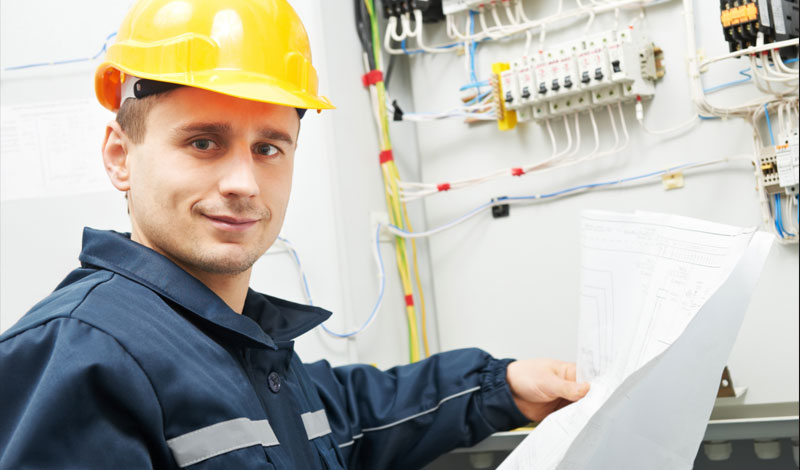Facilities of all types rely on electronic equipment in offices, data centers and on the shop floor. Power quality problems, such as outages and voltage surges, can reduce productivity, threaten critical data and lead to costly repairs or replacements. By carefully analyzing your power quality issues and selecting the right protection equipment, you can safeguard your facility.
Power protection options
You have options when it comes to choosing power quality protection devices, each varying in capabilities, applicability and cost. How do you know which is right for your application? Take a closer look at some of the key technologies available.
Switching power supplies. The front-line defense for an increasing number of electronic devices is contained within the device itself. Switching power supplies changes incoming alternating current (AC) power to direct current (DC) power and cleans up the AC power as it comes into the component. Repeated exposure to surges may erode the protective capabilities of these devices.
Surge suppressors. Surge suppressors are widely used and relatively inexpensive. They protect sensitive equipment from voltage transients or surges. Surge suppressors clamp off excess voltage and direct it away from the equipment. These devices typically use metal oxide varistors (MOV), which degrade over time. Many devices include an indicator light showing when the MOV is no longer effective.
Offline uninterruptible power supplies (UPS). When it senses a momentary power outage, an offline (standby) UPS supplies power for a limited time from a self-contained battery backup. This switch only takes a fraction of a second with minimal impact on the protected equipment. Offline units charge under normal conditions and then switch on to provide power. These can be used for a single device or where only minimal protection is needed. When selecting an offline UPS, consider the amount of time it will provide power. Be sure that enough time is allowed for equipment to shut down properly.
Online uninterruptible power supplies (UPS). These double conversion devices offer complete power protection and continuous power conditioning. All of the power to the load equipment goes through a double conversion process (AC line to DC battery; DC battery to AC load) when utility AC input is present. Online systems provide power continuously, charge continuously and have no switchover time; they are the best choice for complex, mission-critical systems.
Voltage compensators. Compensators maintain a constant voltage output within a narrow tolerance range. They are intended to address voltage sags or surges in the incoming power line. Voltage compensators are relatively less costly but provide little protection against spikes.
Develop a protection plan
Although your power supply is reliable, circumstances such as severe weather or accidents can result in a disturbance. Power quality problems can also result from equipment within your facility, such as adjustable speed drives, cooling systems and arc welders.
By developing an understanding of your electrical environment, you can uncover ways to reduce downtime and increase productivity. Start by investigating any power quality problems you are experiencing. Have you added any new equipment? Does the problem occur regularly or only occasionally? Maintain detailed records of all problems. A properly designed power protection system that addresses your needs is a good investment that will pay for itself quickly.
